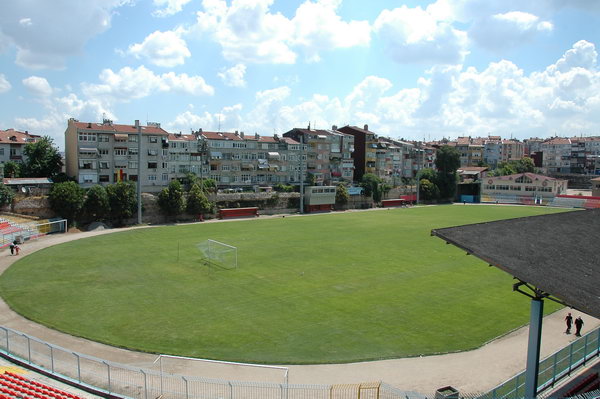Constantinople, Cistern of Aetius
Q17989029Cistern of Aetius: one of the numerous water basins in ancient Constantinople.
When Byzantium, renamed Constantinople, became the capital of the Roman Empire, it soon had more inhabitants than it could supply with the water of its wells and the little river west of it. So, large cisterns were built.

One of these was the Cistern of Aetius, named after the praefectus urbi who ordered its construction in 421. It measured 224 x 85 meter, was fifteen meter deep,and was not covered (unlike, for example, the Basilica Cistern and the Topkapi Cistern). Its proximity to to the Charisius Gate, one of the main gates in the Theodosian Land Wall, suggests that the cistern's waters were meant for its defenders.
Today, it is used for sport, but the ancient walls are still standing. They are not really worth a detour, but if you visit the Chora Church, you're very close to the Cistern of Aetius.